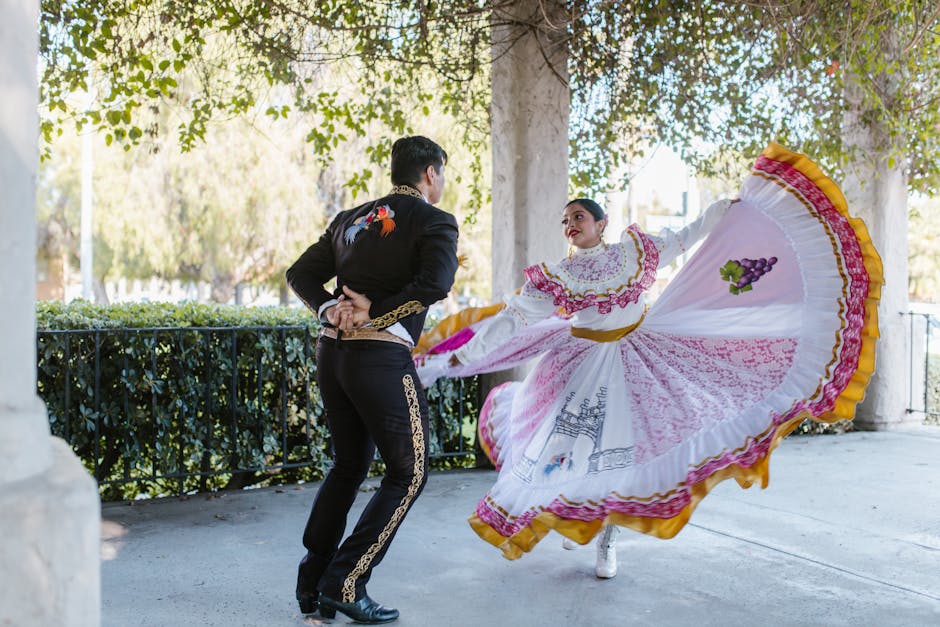
Exploring Folkloric Dances in Mexico
Introduction to Mexican Folkloric Dances
Mexican folkloric dances are an essential part of the country’s cultural identity, showcasing a diverse array of regional traditions, history, and artistry. These lively performances often feature colorful costumes, rhythmic music, and expressive movements that tell stories from Mexico’s rich heritage.
Historical Significance and Cultural Roots
These dances have deep roots in indigenous traditions, colonial influences, and regional customs. They serve as a medium to preserve history and express community pride. For example, dances like Mariachi dance traditions highlight the importance of regional music and dance in Mexican culture.
Popular Types of Folkloric Dances
- La Bamba — Originating from Veracruz, this lively dance tells a story of love and celebration.
- Danza de los Voladores — A traditional ritual with acrobatic performers that symbolizes fertility and rain.
- Guanajuato Dance — Known for its vibrant costumes and spirited movements, representing regional customs.
Traditional Costumes and Music
Costumes play a vital role in these dances, often featuring embroidered skirts, charro suits, and feathered accessories. The music accompanying these performances includes instruments like violins, guitars, and drums, creating infectious rhythms that invite audiences to join in the celebration.
Learn more about traditional Mexican costumes to understand the cultural significance of these outfits.
Participating in Folkloric Dances Today
From local festivals to international performances, folkloric dances continue to be a vibrant expression of Mexican culture. Many communities organize dance workshops, making it accessible for anyone interested in experiencing this colorful tradition firsthand.
If you wish to experience the beauty of these dances, explore Mexican festivals and cultural events where these performances are often showcased.
